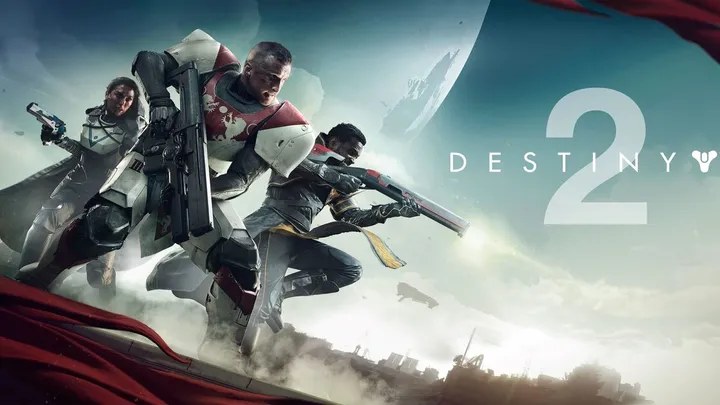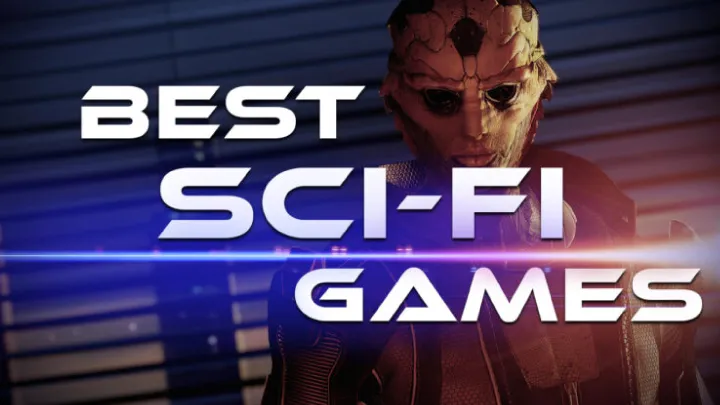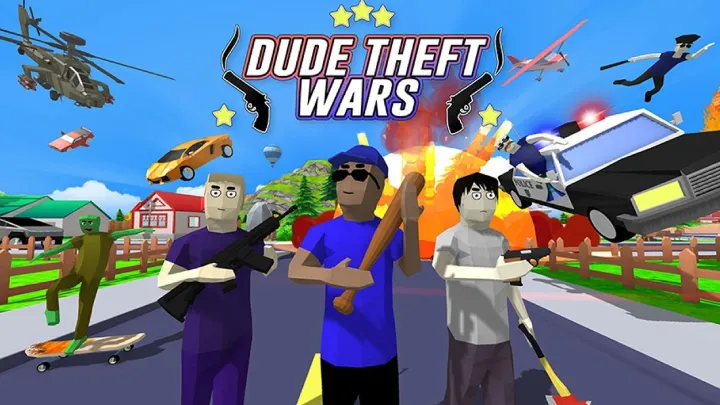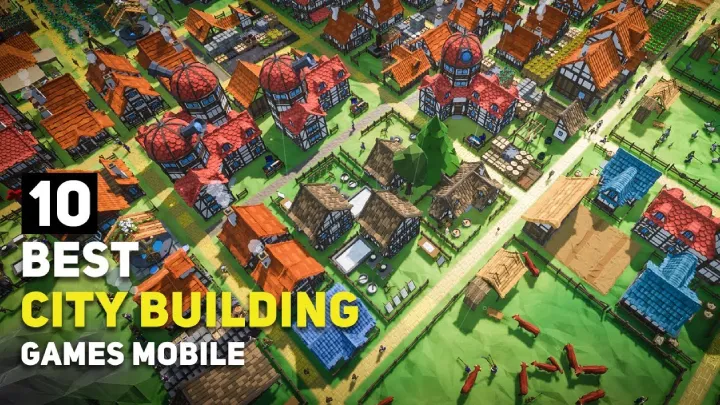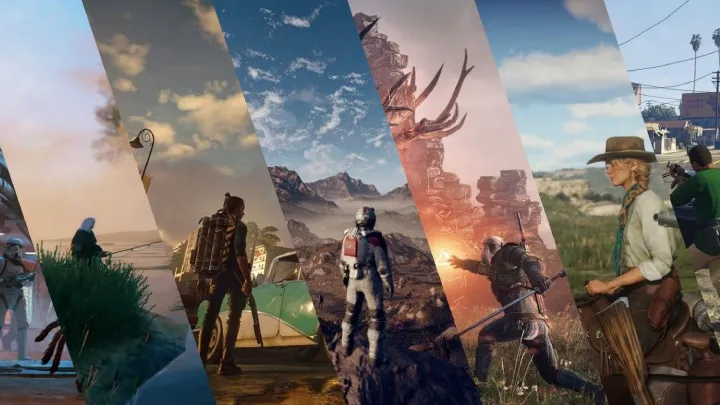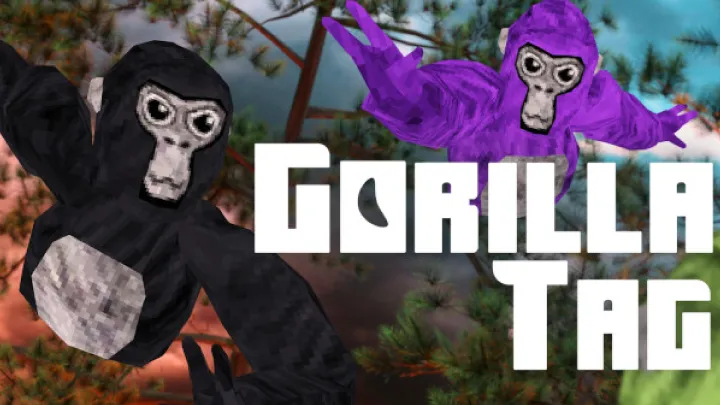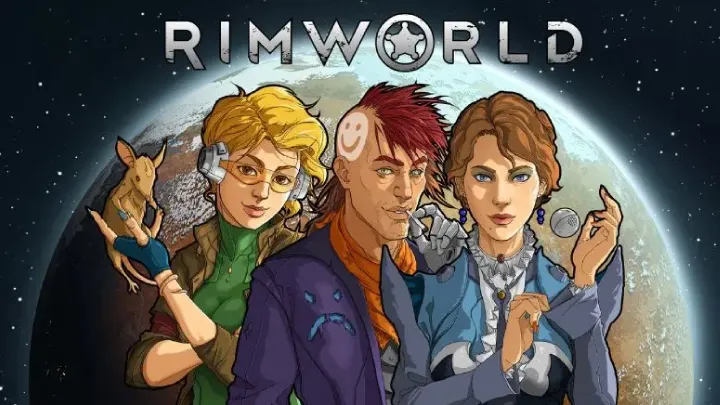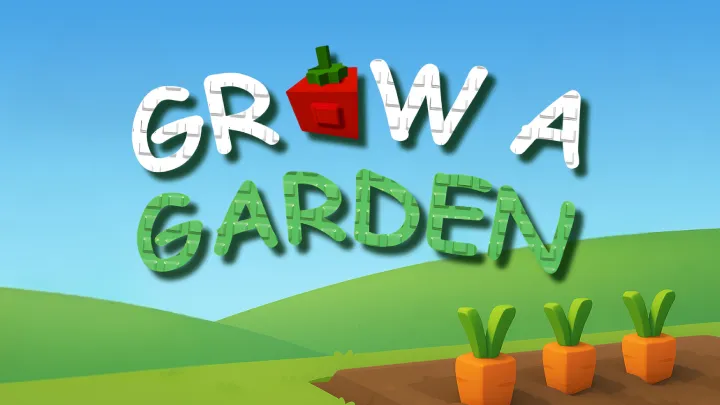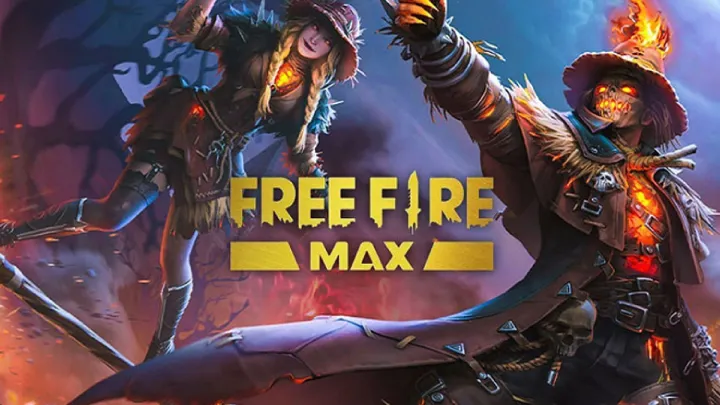Mafia: The Old Country has quickly risen as one of the most intriguing entries in the crime genre. Released as both a tribute to the classic Mafia titles and a bold new experiment in narrative-driven open-world design, the game continues to evolve in 2025 with major updates that expand its systems, storylines, and immersive detail.
While fans originally embraced its authenticity, cinematic tone, and loyalty-driven storytelling, early criticisms targeted mechanics that felt restrictive and certain AI behaviors that limited player freedom. Developers responded with a series of patches and expansions that now redefine the game in ways many did not expect. The 2025 updates push Mafia: The Old Country into a new stage, blending tradition with innovation and proving that the franchise still has room to grow.
This feature explores those changes in depth, analyzing how the latest updates have altered gameplay, presentation, and player experience, while considering what this means for the long-term legacy of the Mafia series.
A Return to the Roots of the Franchise
From its initial release, Mafia: The Old Country positioned itself as both a spiritual successor and a reimagining of the original Mafia games. It reintroduced the classic formula of grounded storytelling, period-accurate environments, and strict loyalty codes, but added new systems like generational conflict, symbolic rituals, and evolving family dynamics.
The 2025 updates double down on these roots. The narrative has been expanded with side stories that delve deeper into the protagonist’s lineage and the family’s European origins. By weaving in flashbacks, the update enriches the context of why loyalty, honor, and blood ties matter so much.
Players now witness interwoven stories across decades, bringing a fresh layer of historical immersion. The world feels alive not just because of its graphics, but because every choice reflects a tradition tied to a larger, centuries-old family saga.
Expanded Storylines and Narrative Branching
One of the most anticipated features in the 2025 update is the expansion of narrative branching. In the original release, loyalty often felt binary: obey the family elders or face consequences. Now, the system offers multiple shades of loyalty, betrayal, and negotiation.
Players can mediate disputes between rival factions, negotiate compromises instead of relying solely on violence, or manipulate younger generations into breaking with tradition. These expanded paths allow for greater replayability and align the game more closely with the unpredictability of real criminal empires.
Cinematic sequences also adapt more organically to player choices. A dinner table scene that once played out in a scripted way can now vary dramatically depending on alliances, past betrayals, or even how you managed resource distribution in earlier missions.
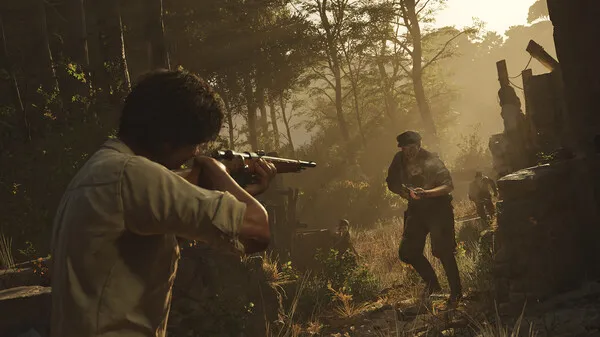
The Combat and AI Overhaul
Combat has long been a sticking point for Mafia titles, with past installments criticized for stiff shooting mechanics and limited enemy intelligence. The 2025 update directly addresses this. Gunplay now feels more responsive, with weightier weapons, realistic recoil, and an expanded arsenal that balances historical accuracy with gameplay variety.
AI has been reworked extensively. Enemies flank more intelligently, retreat when overwhelmed, and communicate more fluidly. Police AI is stricter as well, responding not only to crimes but to player reputation. If your family’s power has grown too visibly, law enforcement cracks down harder, reflecting the escalating tension of organized crime.
The update also introduces new stealth mechanics, allowing players to complete missions through intimidation or subterfuge instead of outright violence. This adds dimension to the experience, giving players choices that align with either a ruthless or calculating play style.
Rituals, Symbolism, and the Expansion of Family Culture
Mafia: The Old Country has always emphasized that being part of a crime family is more than pulling triggers. Rituals, symbolism, and cultural traditions shape the experience, and the 2025 updates expand this dramatically.
Family rituals such as blood oaths, weddings, funerals, and feast gatherings are now interactive. Players must choose their responses in these moments, influencing both relationships and future missions. A poorly handled speech at a funeral, for example, can cause cracks in alliances that ripple across the narrative.
The symbolism system has been tied to mechanics. Items like heirloom weapons, ceremonial rings, or ancestral letters carry gameplay weight, unlocking dialogue options or triggering hidden side missions. These elements add gravitas, making the family legacy tangible rather than just background lore.
Generational Conflict at the Forefront
Generational conflict is perhaps the defining theme of Mafia: The Old Country. The 2025 updates expand this theme, giving younger characters more agency.
Younger family members now challenge the authority of elders more openly. They may propose bold ventures into new criminal enterprises, such as smuggling modern contraband, cyber-financial schemes, or aggressive expansion into international territories. Elders resist, demanding adherence to old codes.
As the player, you become the mediator, forced to decide which vision of the family to support. Do you preserve the old ways and risk stagnation, or embrace innovation and risk fracturing loyalty? This mechanic ensures that no two playthroughs feel identical, and it reflects the real-life struggles of families caught between tradition and change.
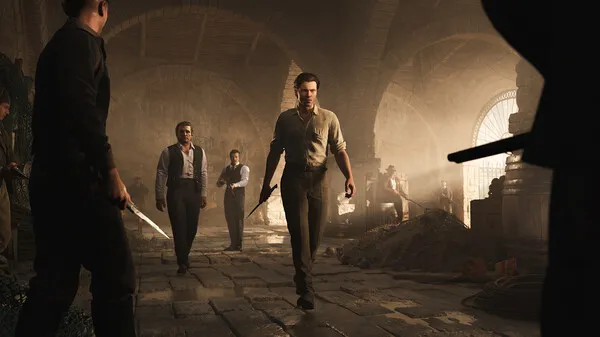
Resource and Territory Management
The 2025 updates add a layer of strategy to Mafia: The Old Country through resource and territory management systems. While earlier versions gave players limited control over assets, the new update introduces a map-based interface where players assign captains, manage smuggling routes, and invest in protection rackets.
These systems force you to think like a true crime boss. Do you allocate resources toward strengthening defenses, or do you push aggressively into rival territories? Decisions affect not just profit but also how law enforcement and rival gangs react.
Resource scarcity is also more pronounced. Ammunition, safe houses, and loyal soldiers must be maintained through careful planning. This elevates the experience beyond cinematic missions into a genuine simulation of organized crime.
Visual and Atmospheric Enhancements
From a presentation standpoint, the 2025 updates bring Mafia: The Old Country closer to a living film. Lighting has been enhanced to replicate period-accurate ambiance. Candlelit interiors during rituals, fog-draped streets at dawn, and smoke-filled speakeasies immerse players in the early 20th-century atmosphere.
Crowd density and diversity have improved as well. Street vendors, musicians, and bystanders create a city that feels organic rather than static. These atmospheric details make exploration meaningful even outside of missions.
Performance has been optimized for next-generation consoles and high-end PCs, with ray-traced reflections and improved character models. Animations for facial expressions during dialogues add nuance, making emotional confrontations more powerful.
Online Expansion and Multiplayer Elements
While Mafia has traditionally been a single-player experience, the 2025 updates experiment with multiplayer features. A new cooperative mode allows up to four players to manage a smaller crime family branch together. Missions include heists, smuggling runs, and negotiations, requiring coordinated decisions.
Competitive elements also exist in limited form. Families can clash in territory control skirmishes, though these remain more narrative-driven than esports-oriented. The goal is immersion rather than pure competition.
These additions extend replay value, though the developers have stated that single-player narrative remains the core focus. Still, for fans who dreamed of sharing the Mafia experience with friends, the multiplayer elements provide a long-awaited option.
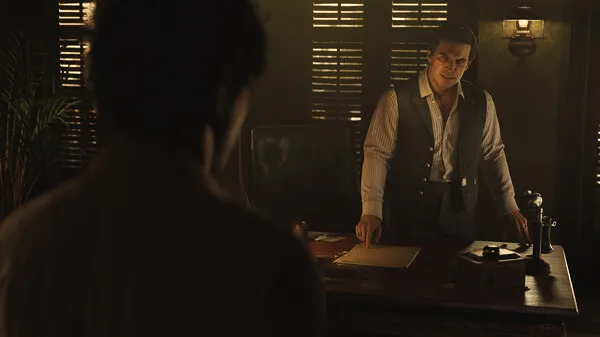
Community Reaction to the 2025 Updates
The community response to the 2025 updates has been largely positive. Long-time fans appreciate the expanded storylines and deeper role-playing choices, while newcomers enjoy the improved combat and accessibility features.
However, some criticisms remain. Hardcore simulation fans argue that resource management could go even further, incorporating more realistic economic systems. Others feel that the multiplayer addition risks diluting the series’ single-player roots.
Despite these concerns, the consensus is that the updates reinvigorate the title and prove that developers are listening to feedback. The blend of cinematic narrative and interactive depth makes Mafia: The Old Country one of the most compelling crime games of the decade.
The Legacy of Mafia: The Old Country in 2025
Looking at the broader picture, Mafia: The Old Country with its 2025 updates represents a turning point for the franchise. It bridges the gap between the highly scripted experiences of early Mafia titles and the open-ended simulations that modern players demand.
By weaving together narrative, mechanics, and symbolic traditions, the game offers more than action. It is a meditation on loyalty, legacy, and the cost of survival within a crime family. These updates ensure that Mafia: The Old Country is not simply remembered as a side entry but as a landmark in the series’ evolution.
Conclusion
Mafia: The Old Country in 2025 stands as a bold and ambitious reimagining of what a crime game can be. Its updates expand storylines, refine combat, deepen family rituals, and push generational conflict to the forefront. Resource management and online features add strategy and replayability, while visual upgrades make the world more immersive than ever.
The game is not without imperfections, but it demonstrates a willingness to grow and adapt, a quality essential for long-term success. For fans of the Mafia series and newcomers alike, Mafia: The Old Country has cemented itself as both a tribute to tradition and a gateway to the future of narrative-driven gaming.





